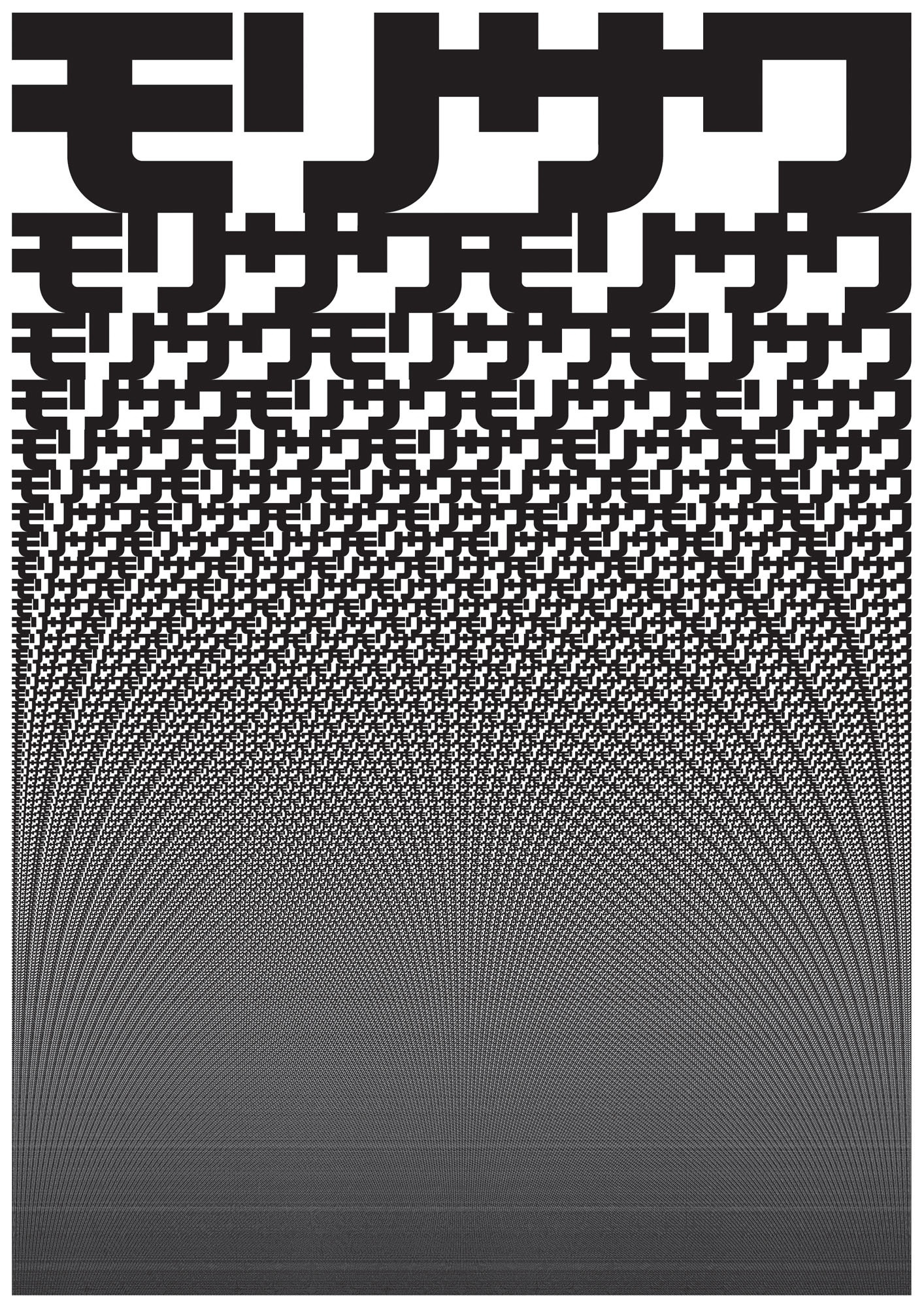Assignment
Due: Sep 23, 2025
Submit Assignment
For the assignment, focus on polishing and refining your Flexible Manifesto in p5.js. Make sure your system runs smoothly, generates variation effectively, and produces visually compelling results.
- Use
for loopsandcustom functionsto clean up repetitive code and make your system more efficient. - Ensure your system can produce at least five distinct physical artifacts, each with different dimensions. They do not have to all be prints…explore other fabrication methods if you will (sticker, laser cut, embroidery, etc). Make sure you BRING the artifacts to class next week
- Use p5.js as your main tool for designing, and export your design from it as SVG or JPEG/PNG to adjust in other software if needed.
- Prepare to present your artifacts alongside your p5.js sketch, showing both the system and its outputs.
- Print out a small “label” explaining your design system and the variations it can produce. Include your name and the title of your piece. We will have an open studio next week.
Examples
These examples are from the recap sessions and in class demos. Feel free to explore and modify them to understand how loops and functions work.
Readings
We don’t have required reading this week either. These are more like fun readings for inspiration.
 (Morisawa 10 Poster, John Maeda)
(Morisawa 10 Poster, John Maeda)